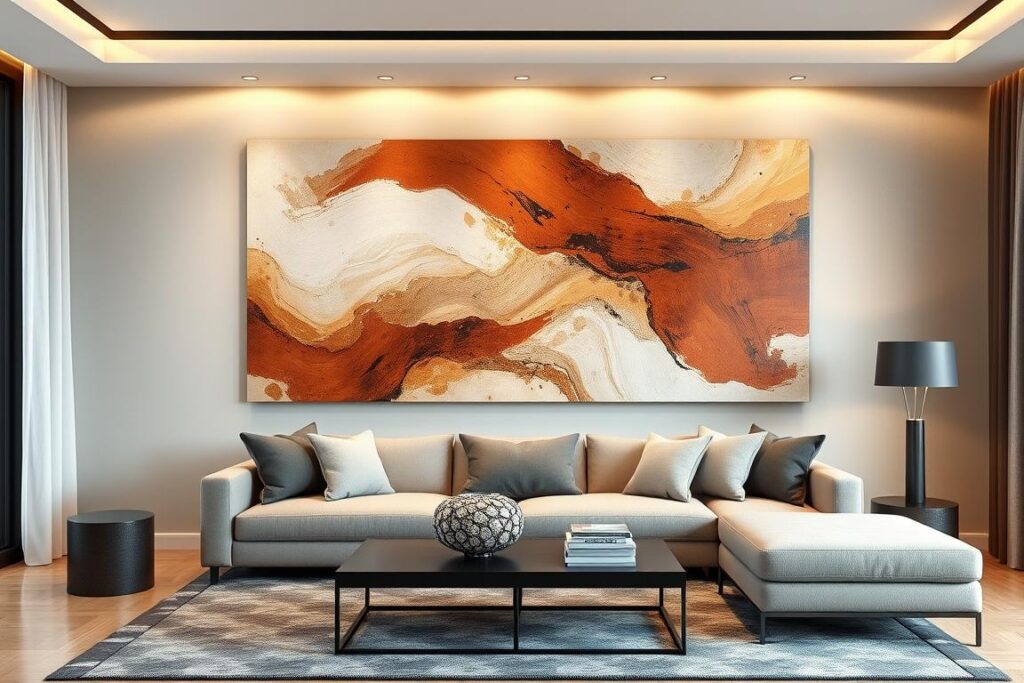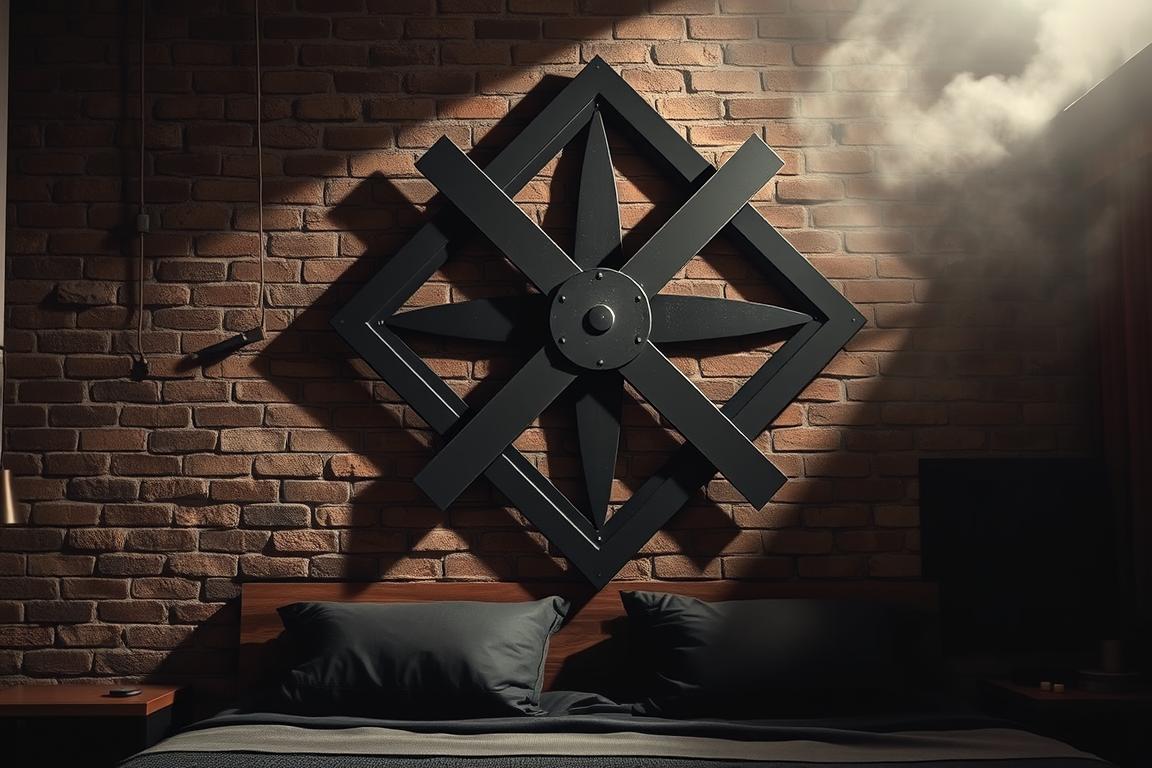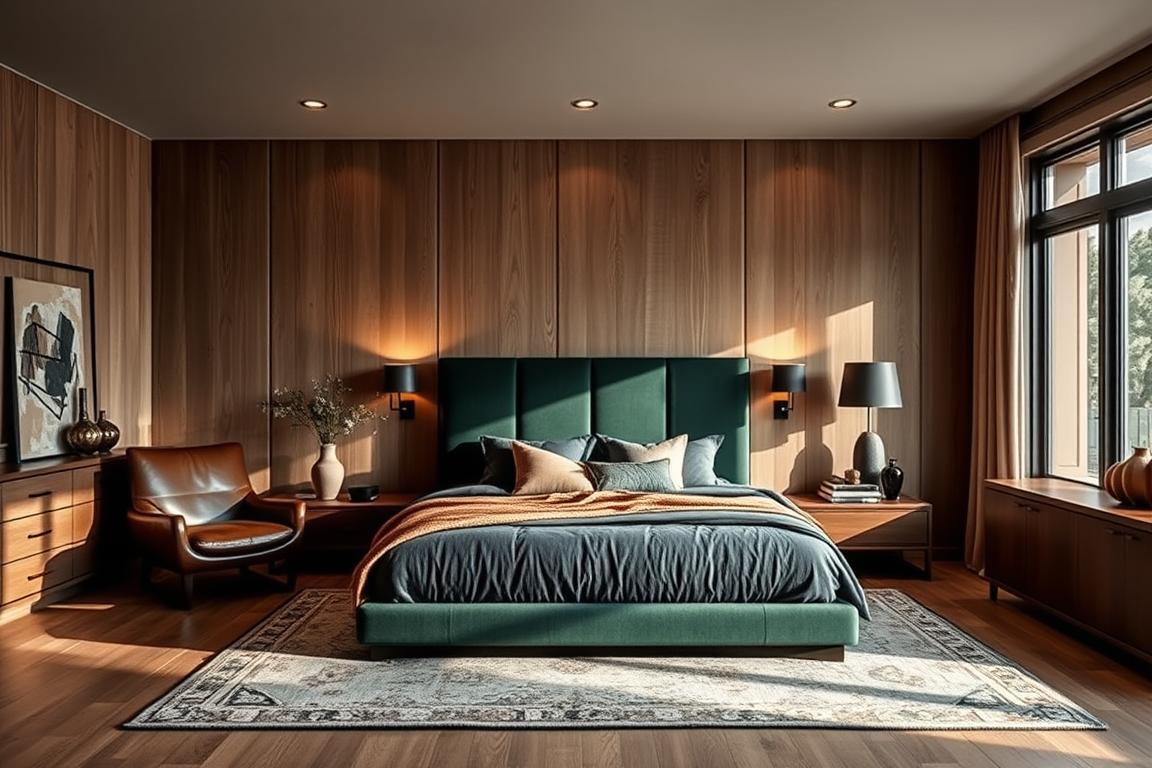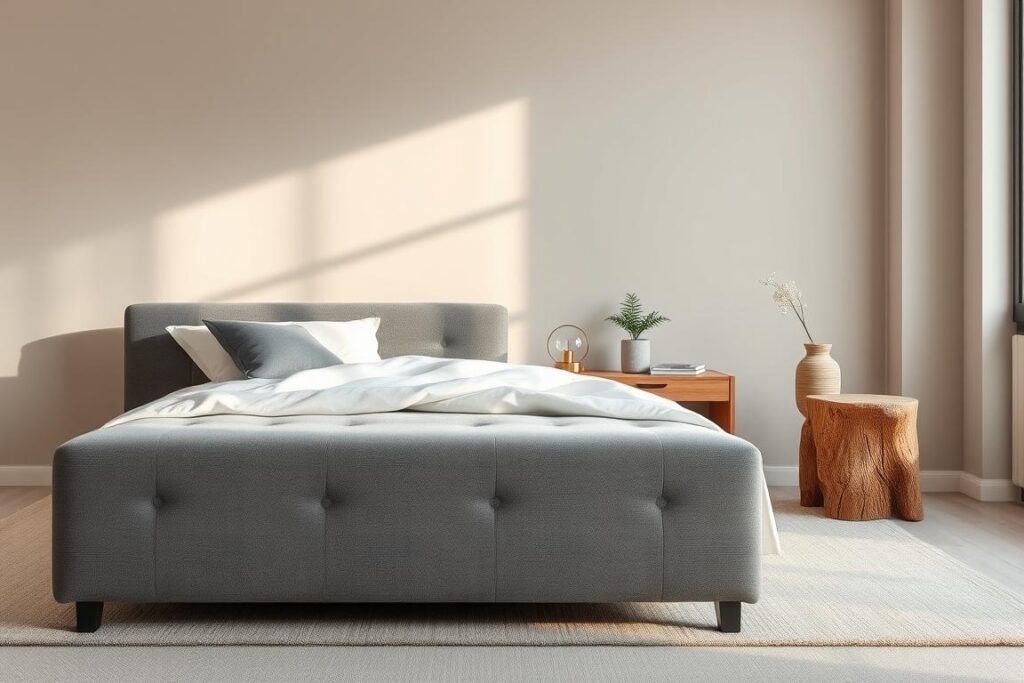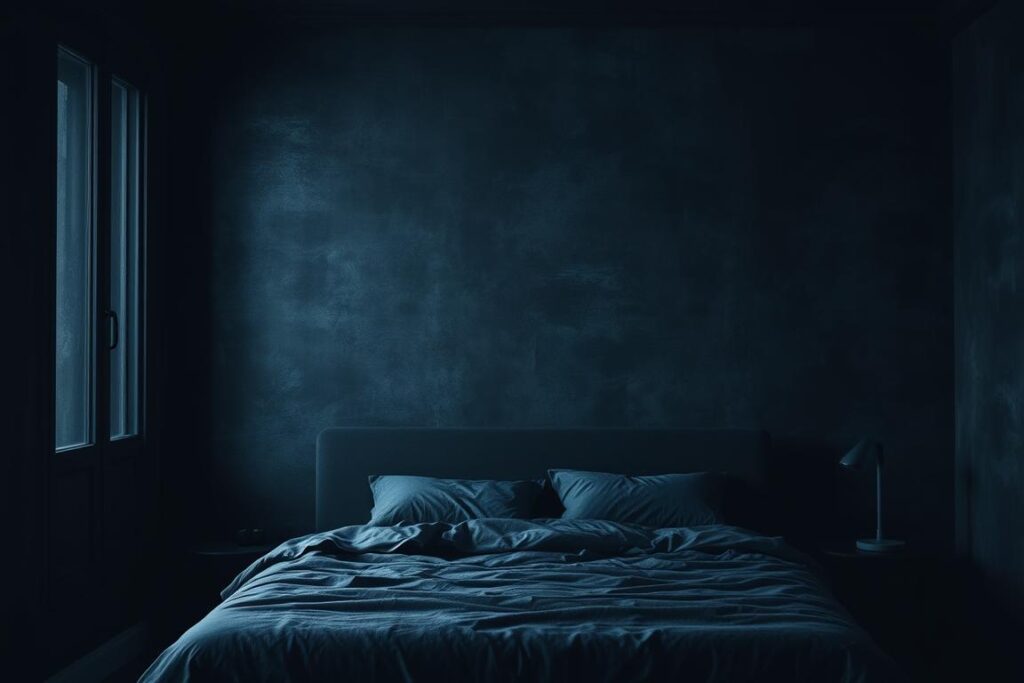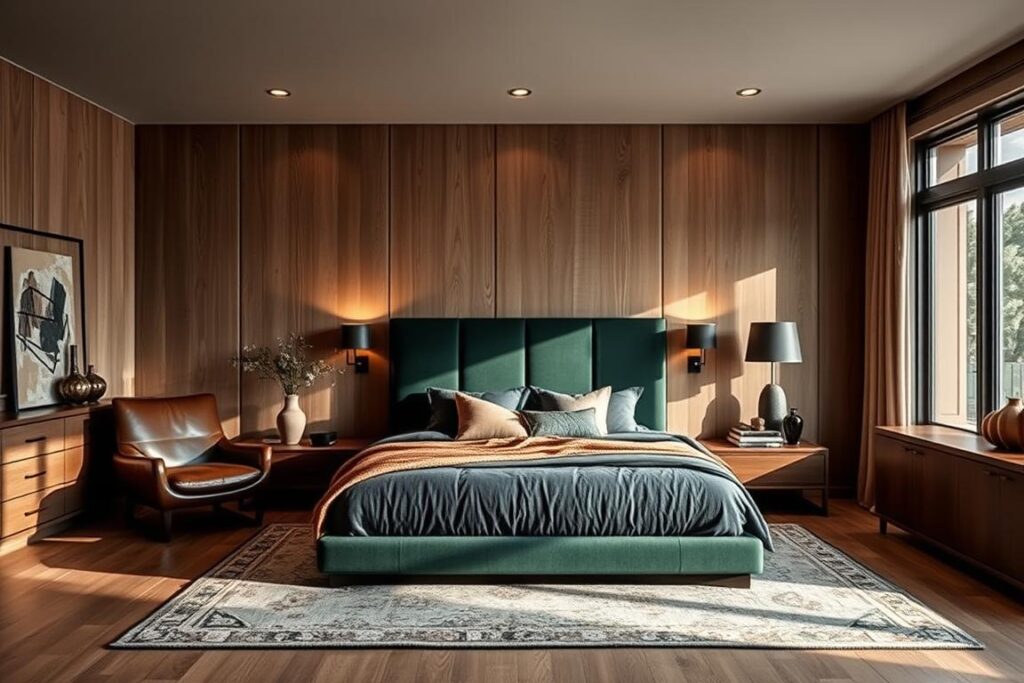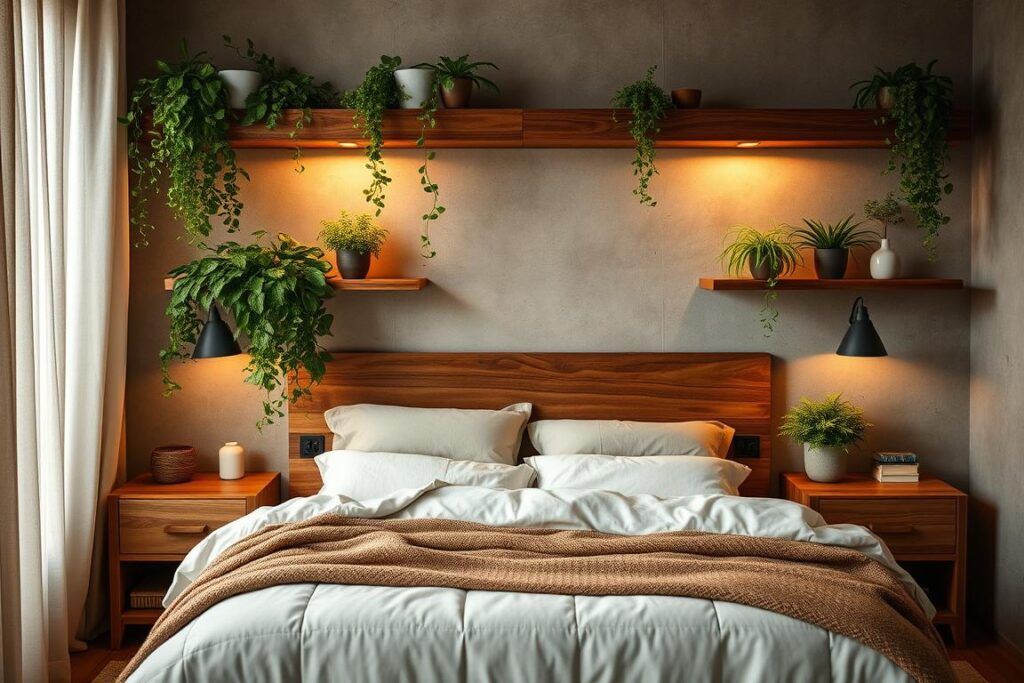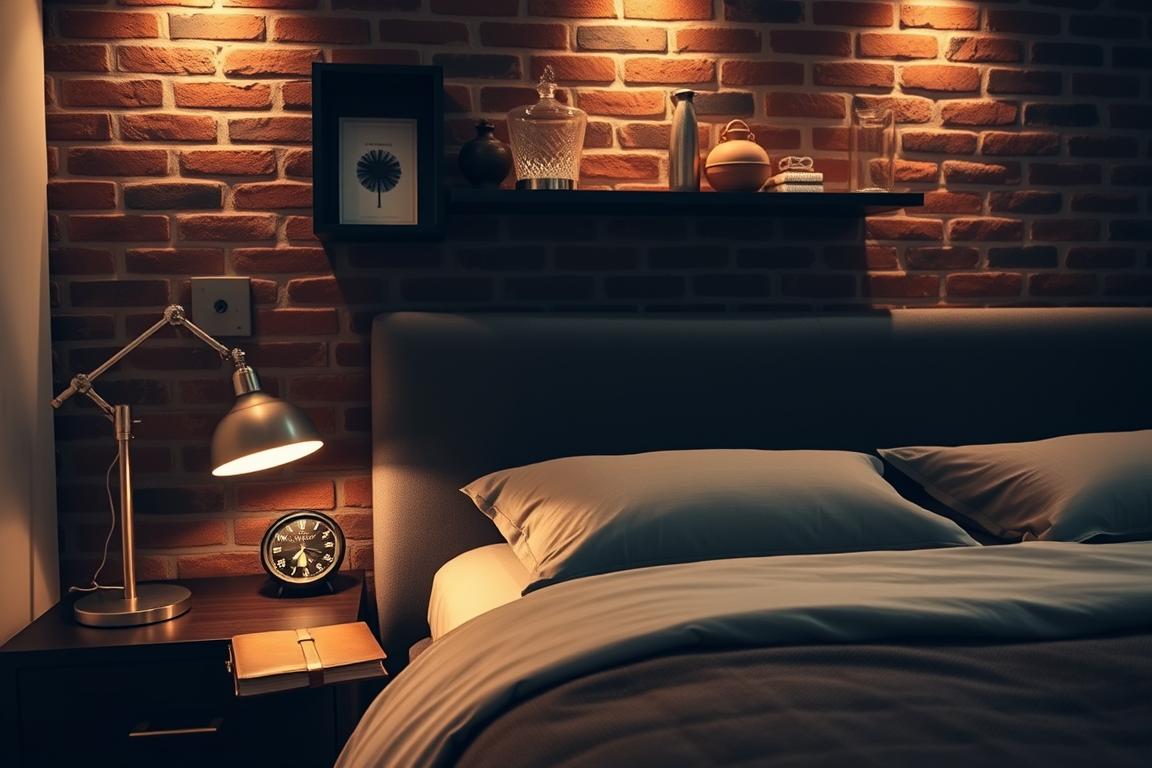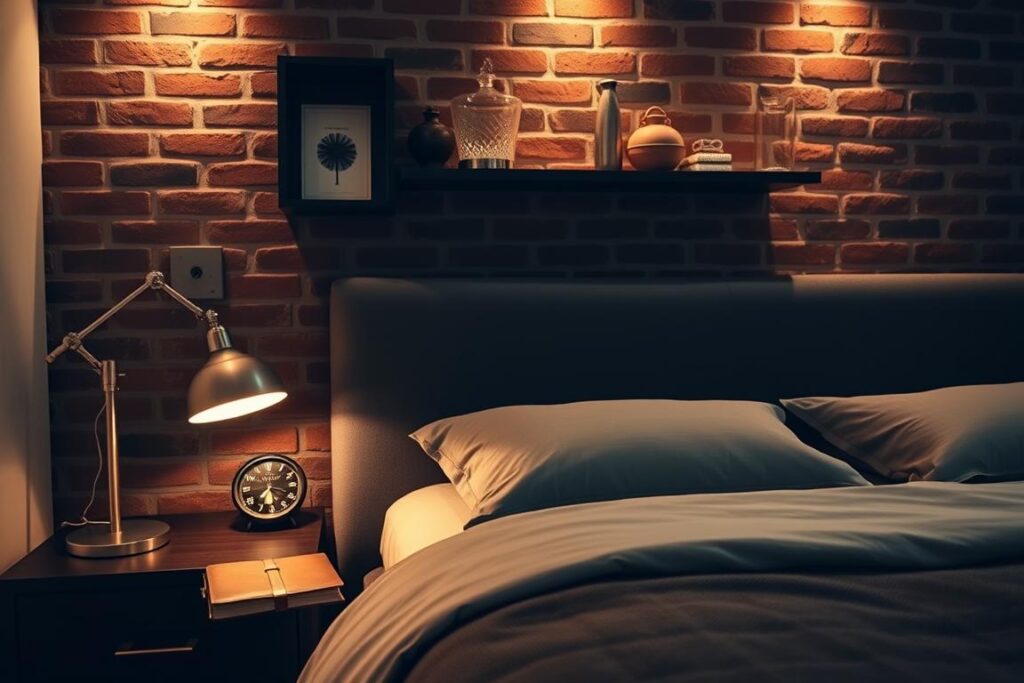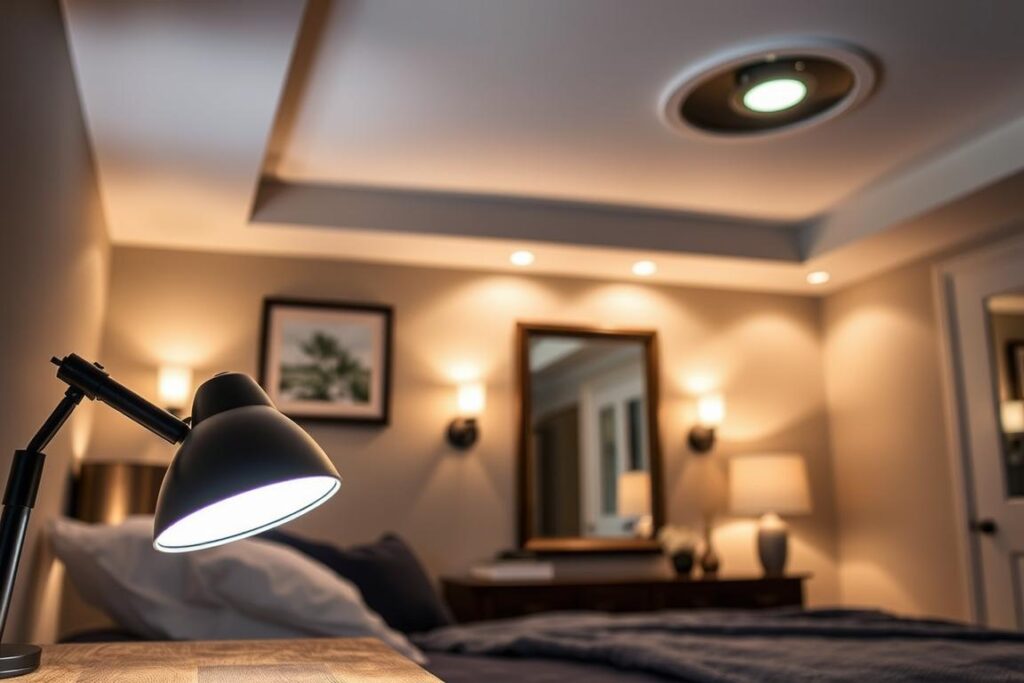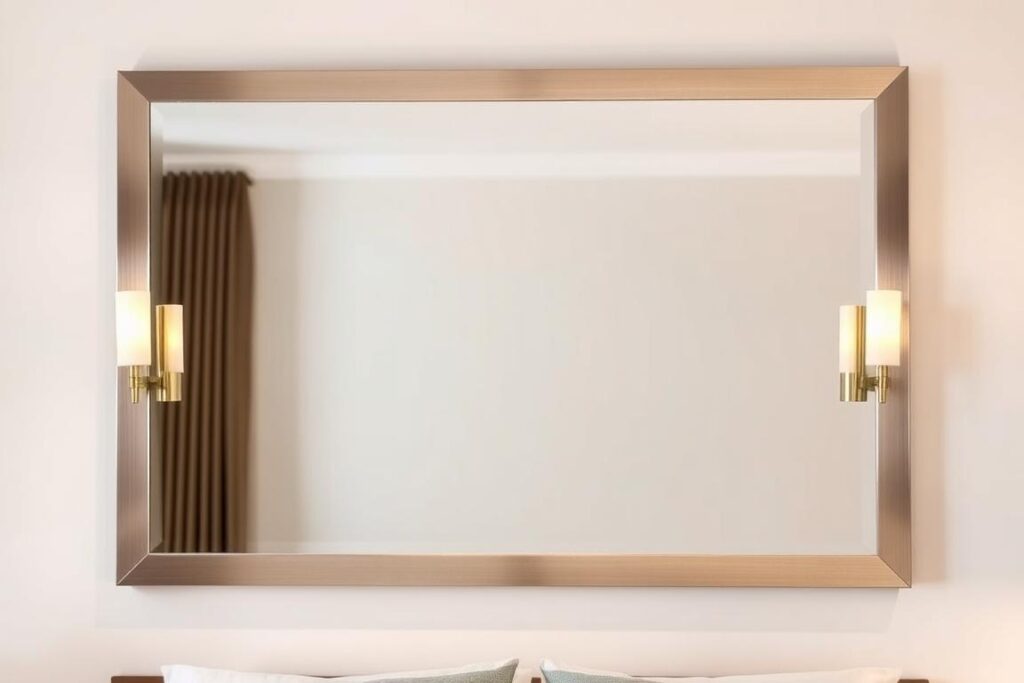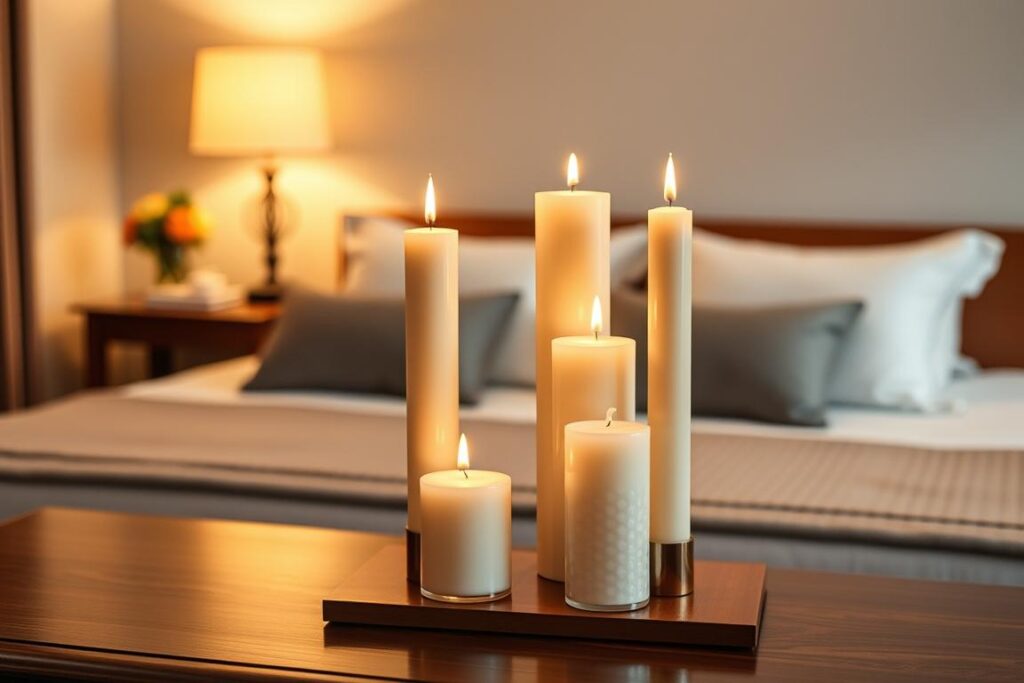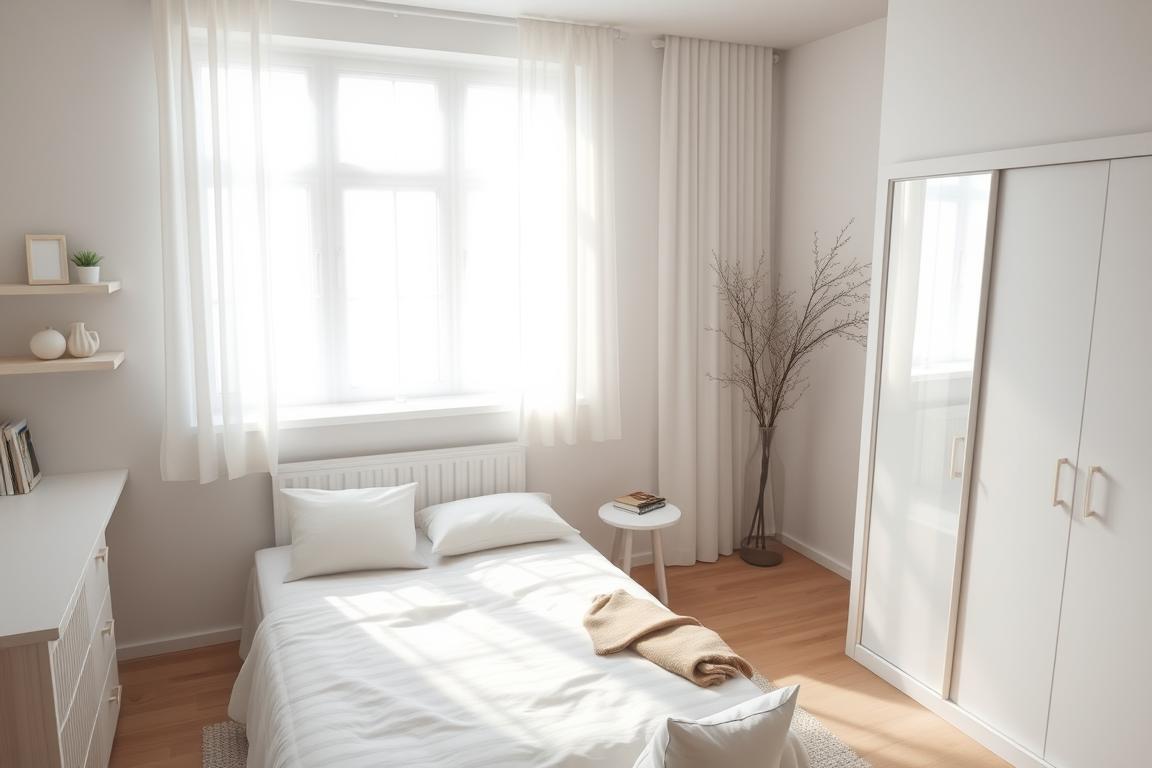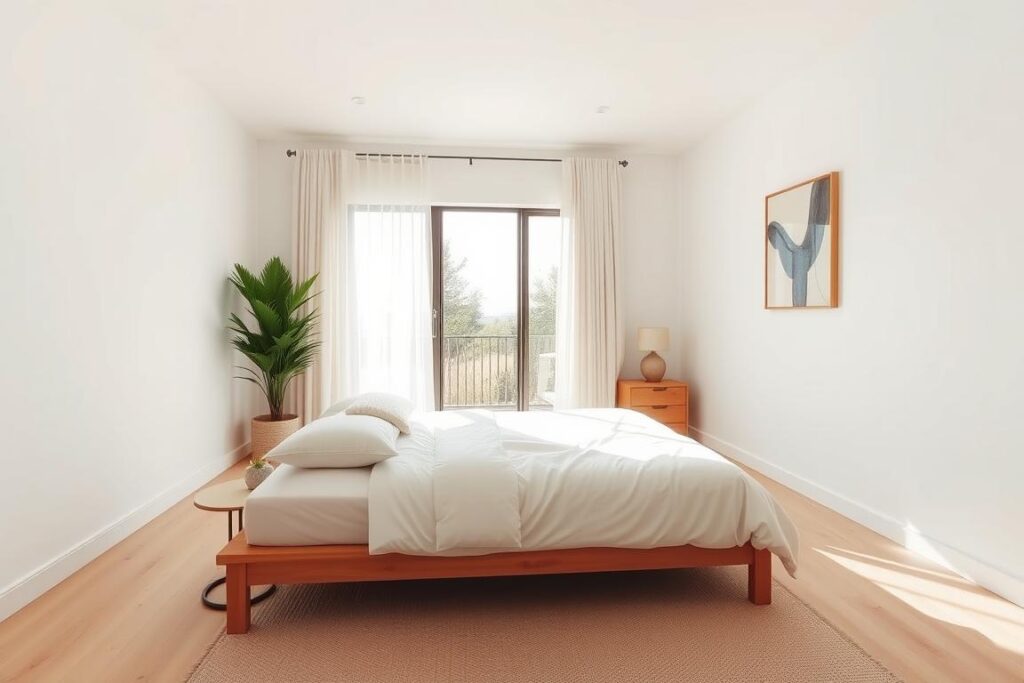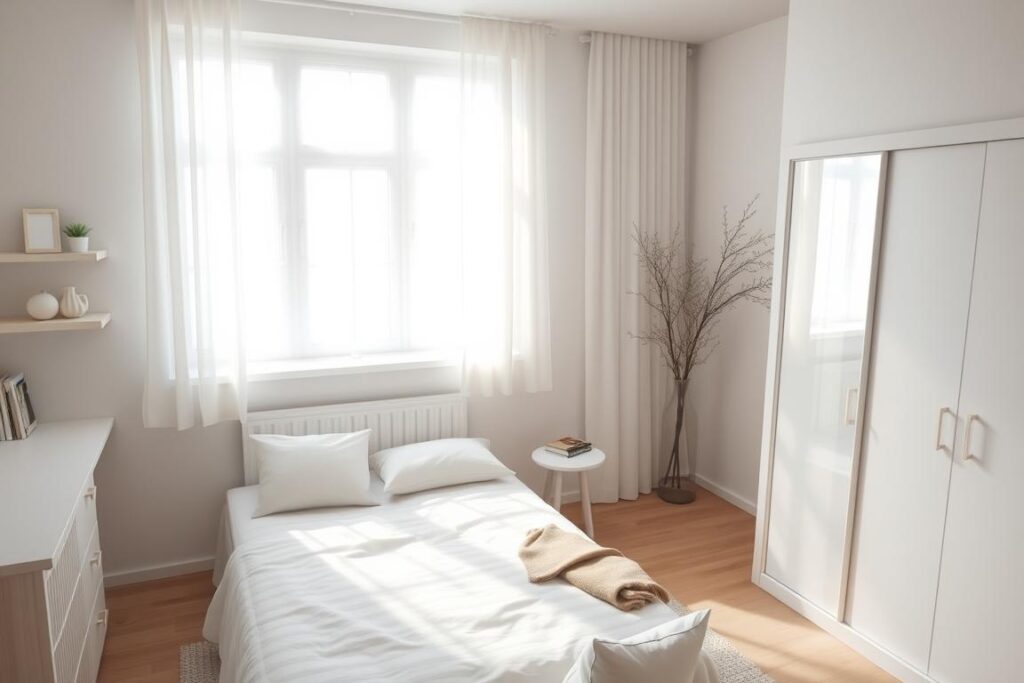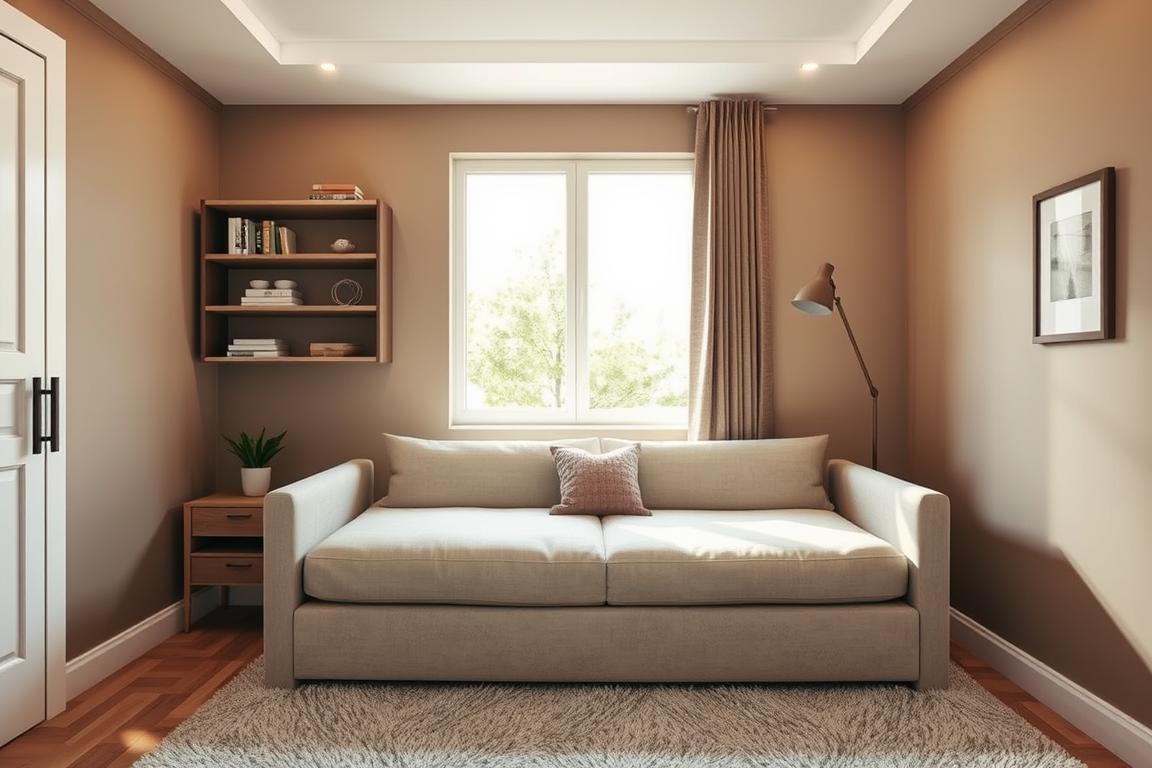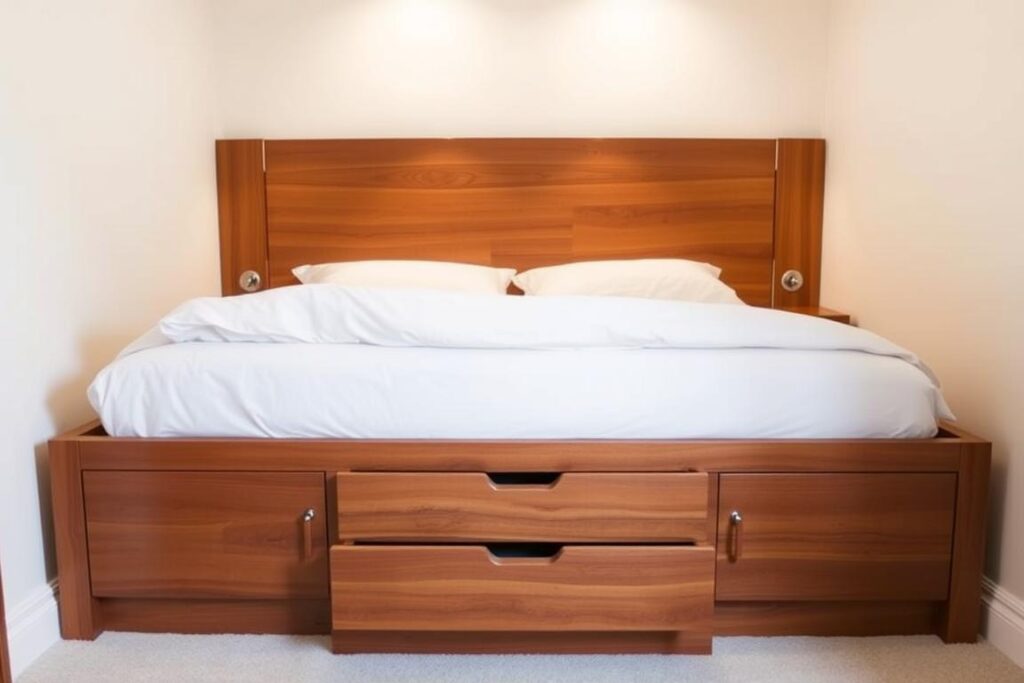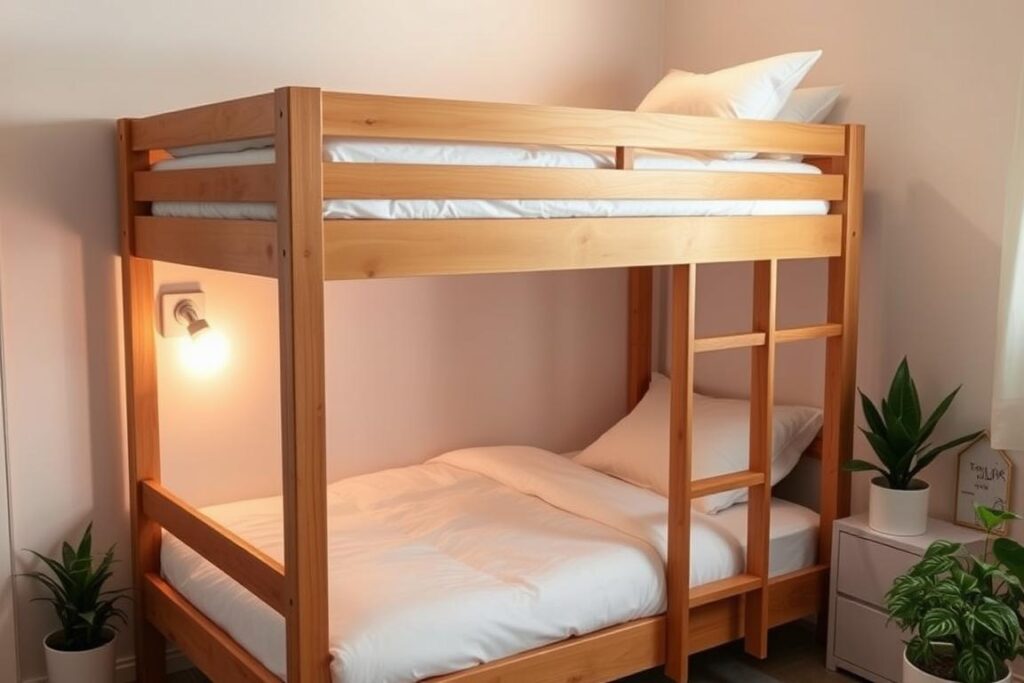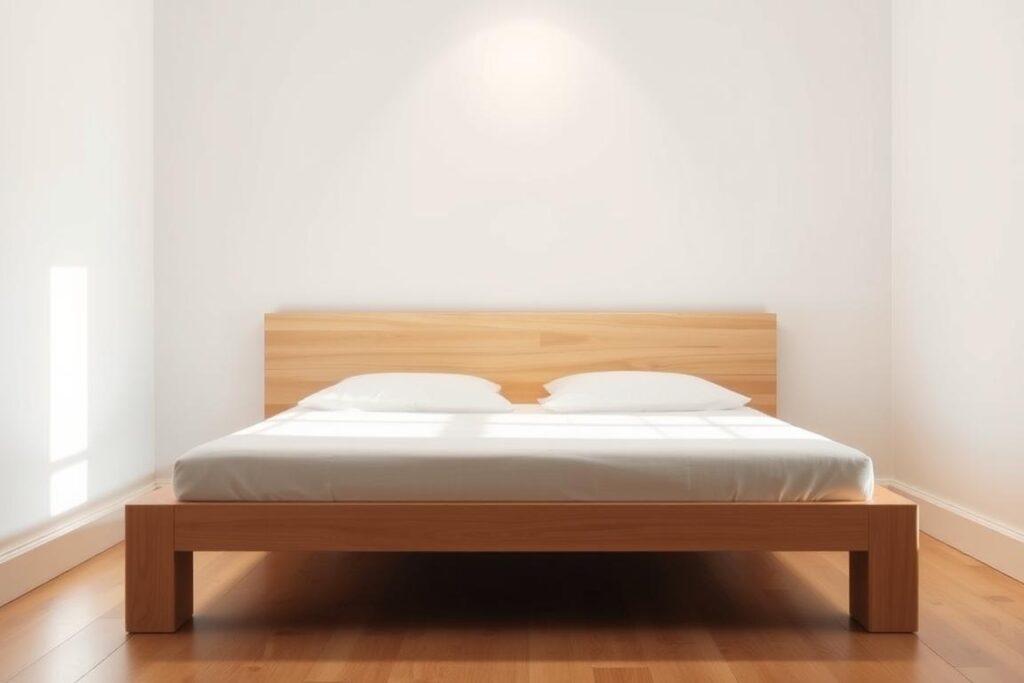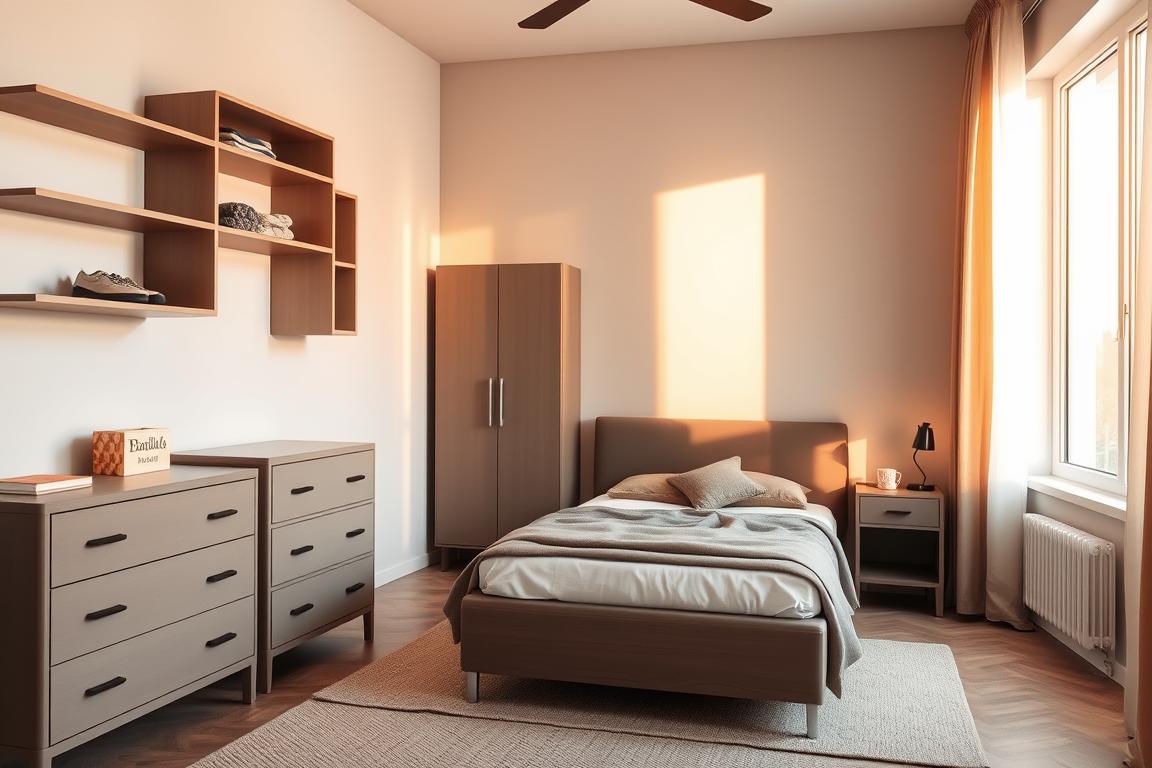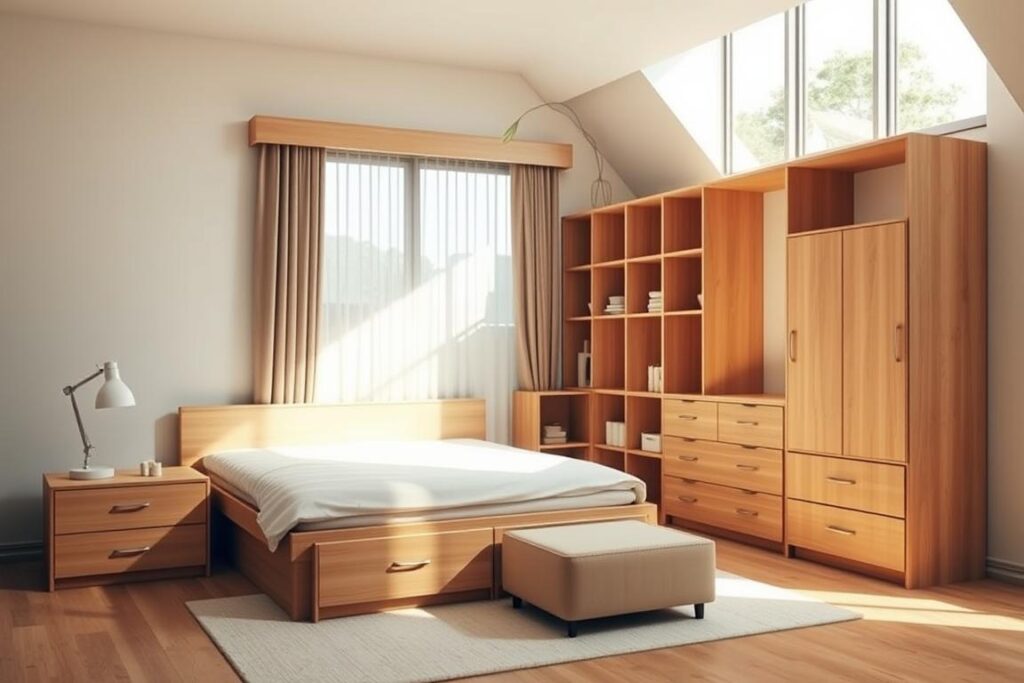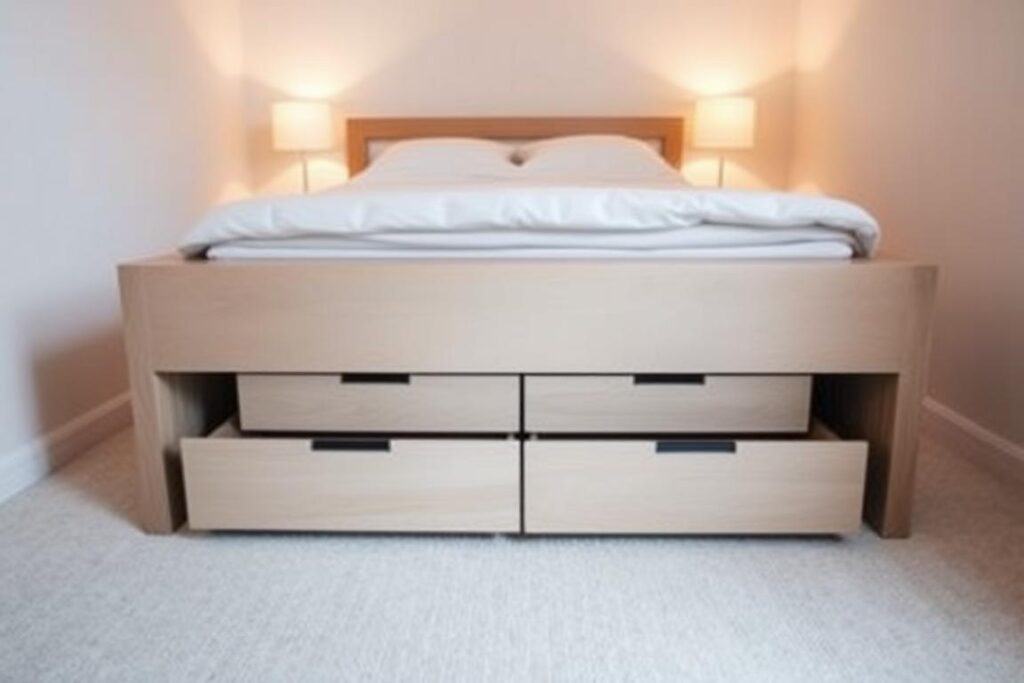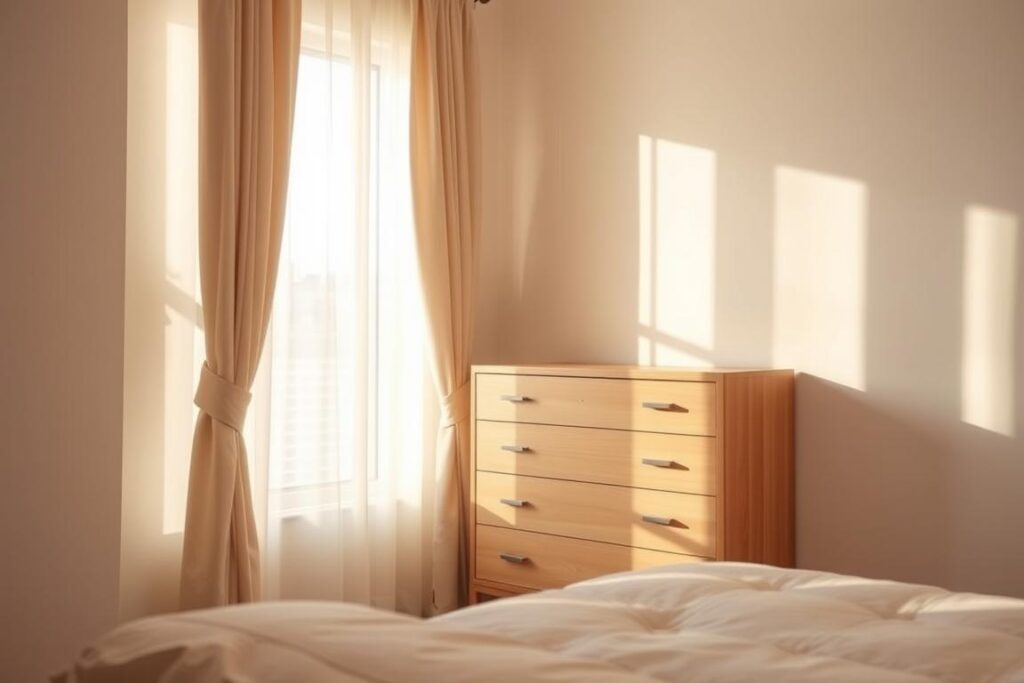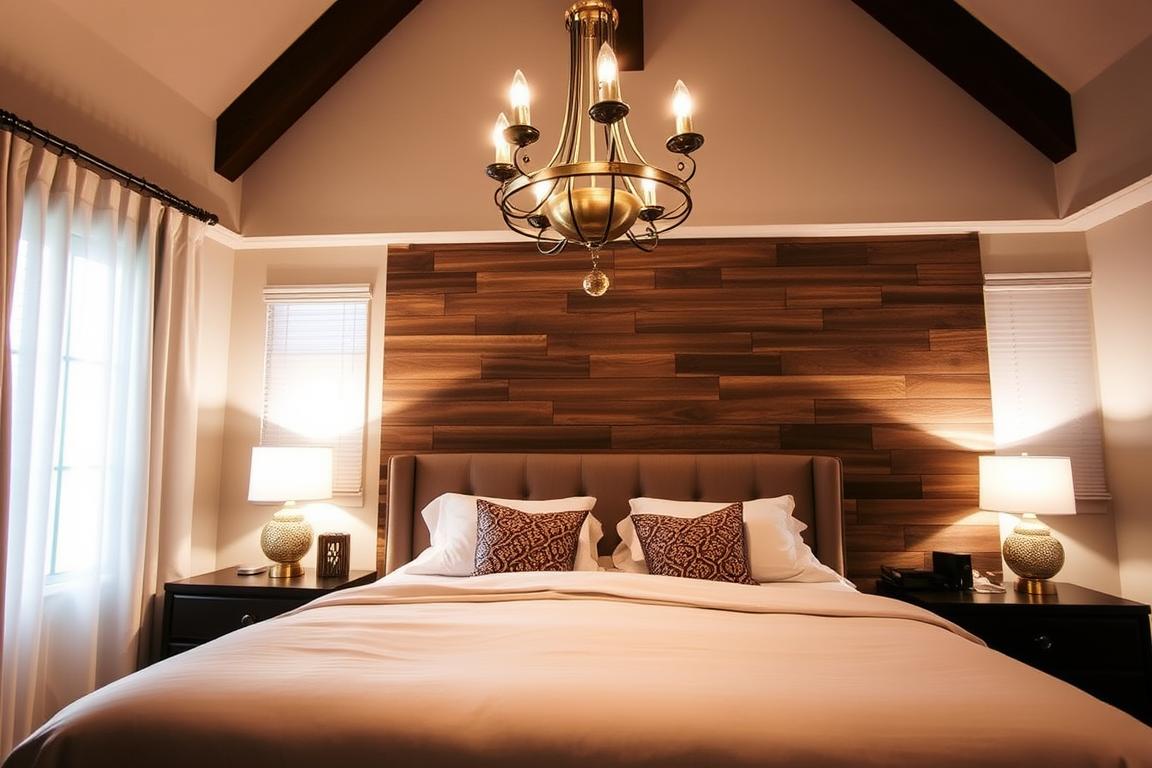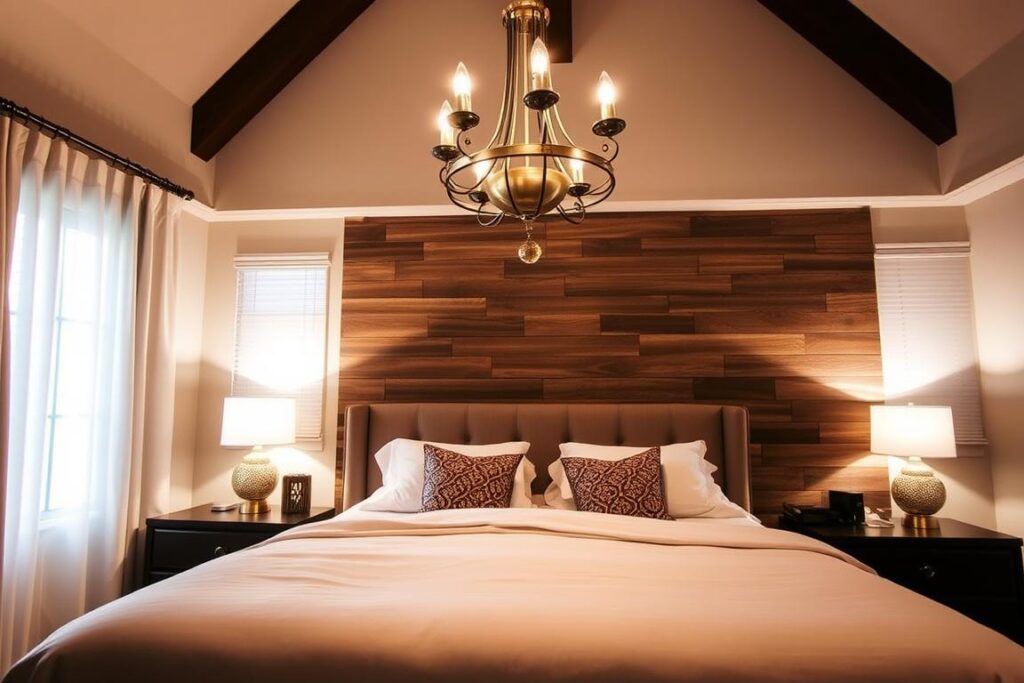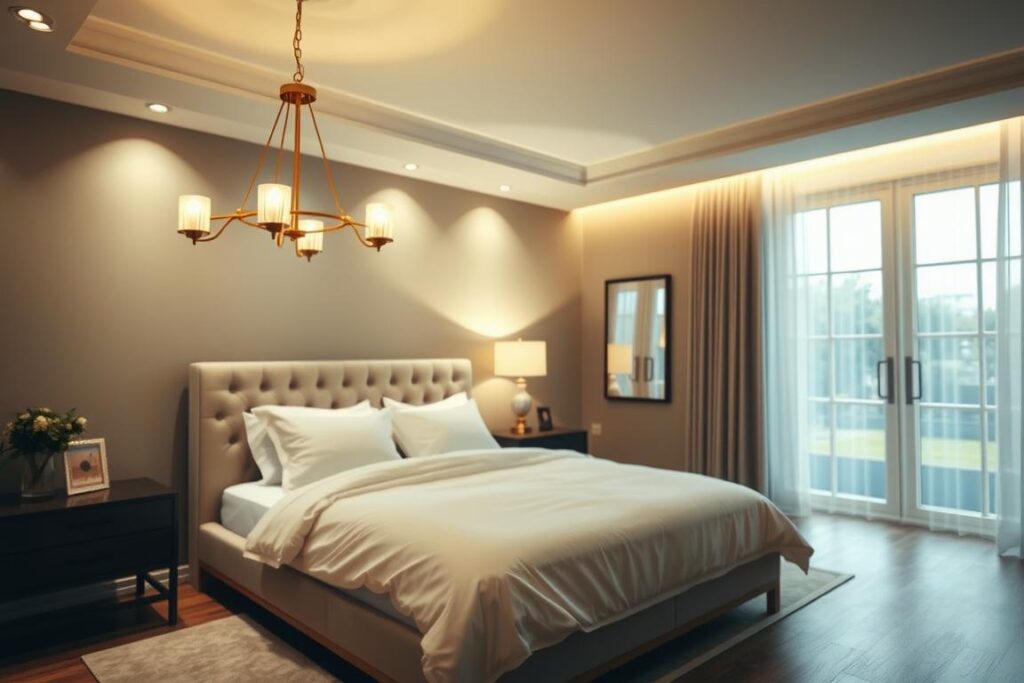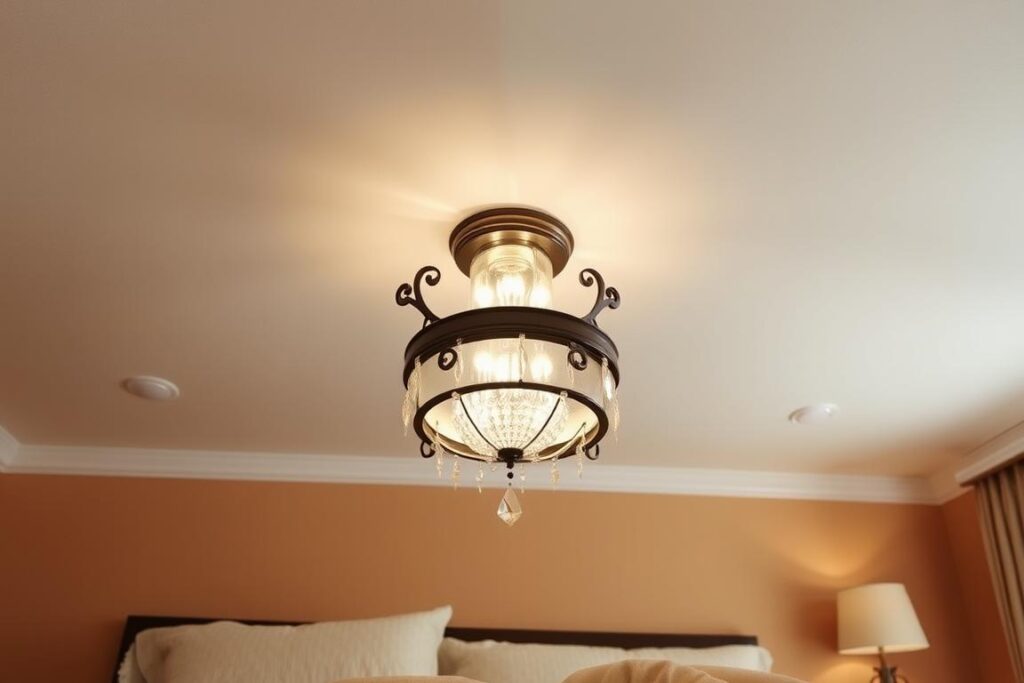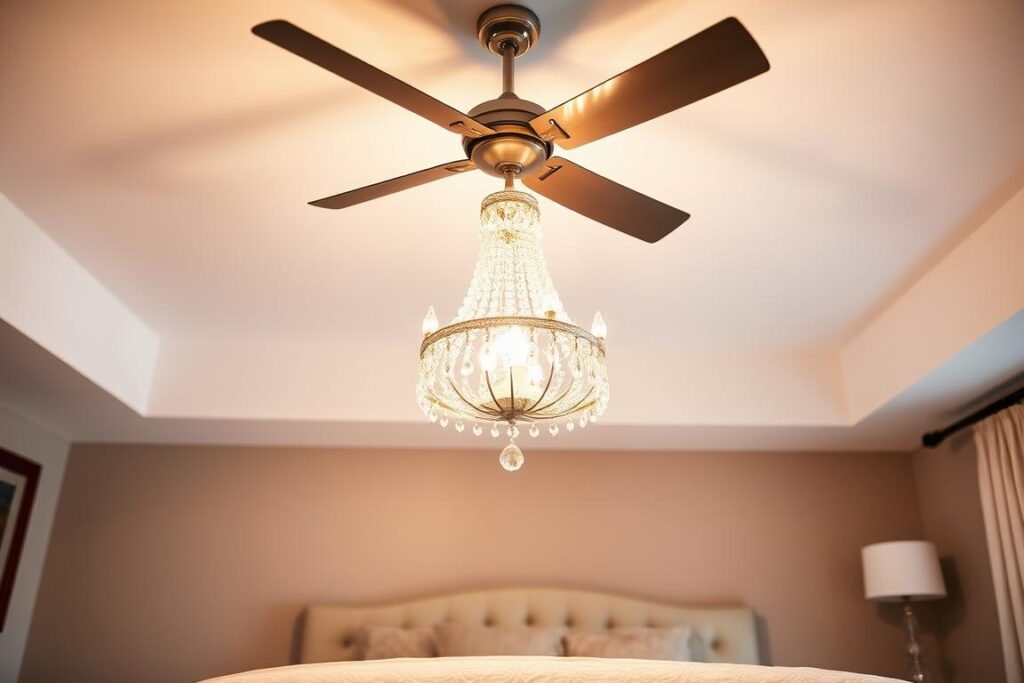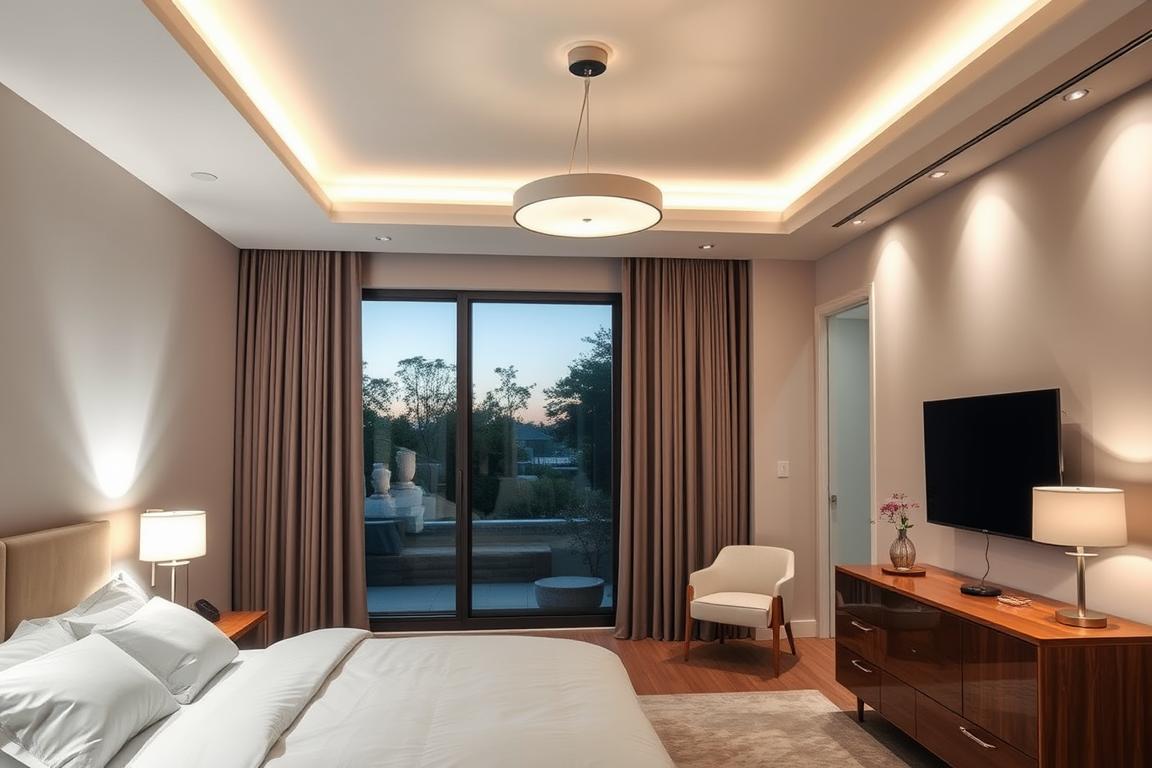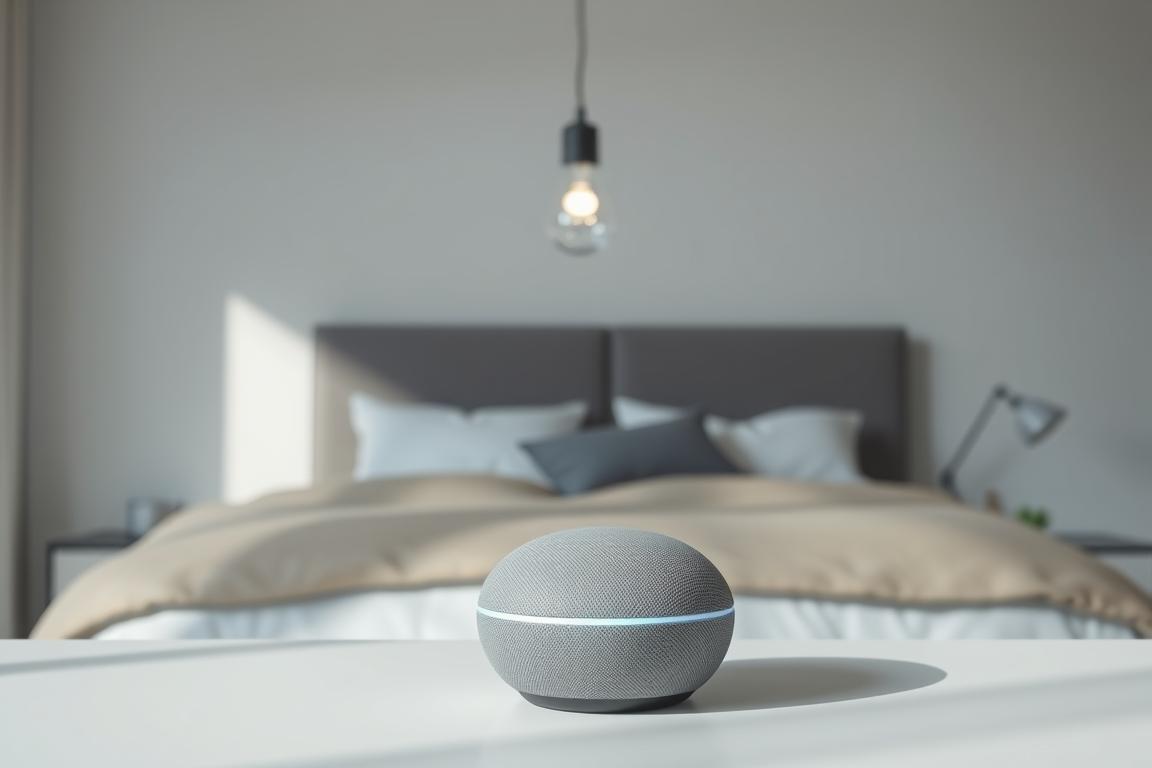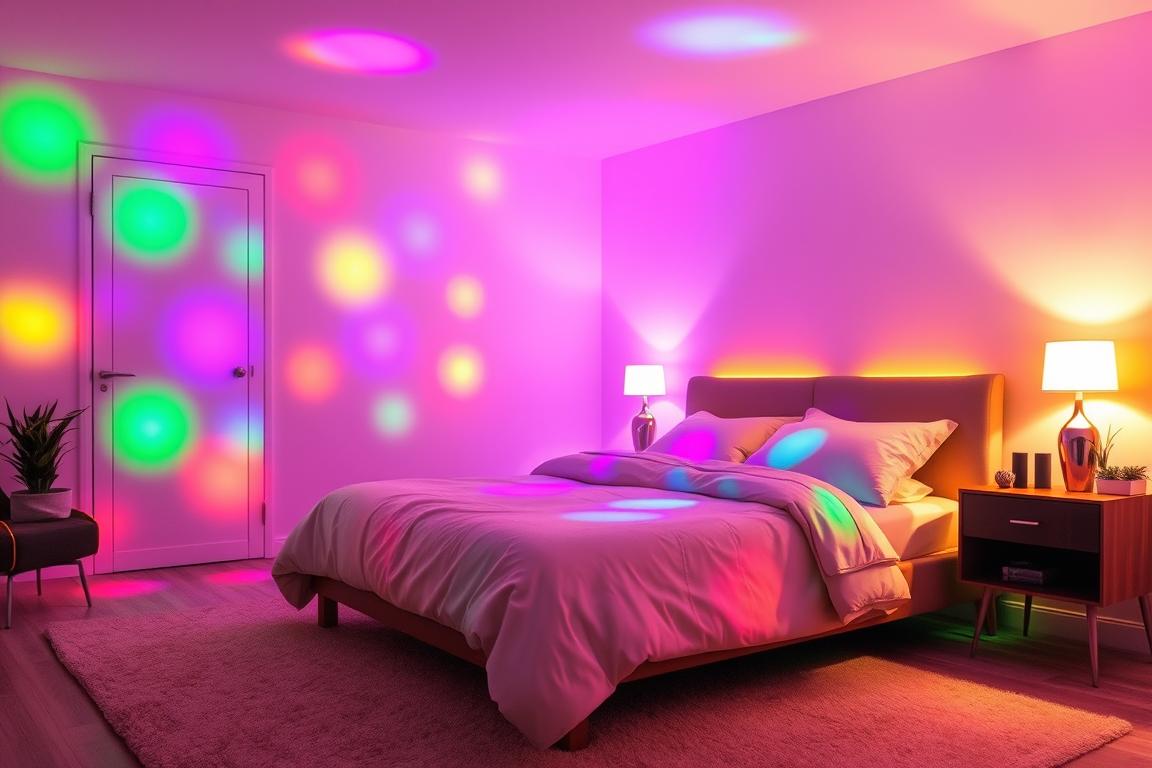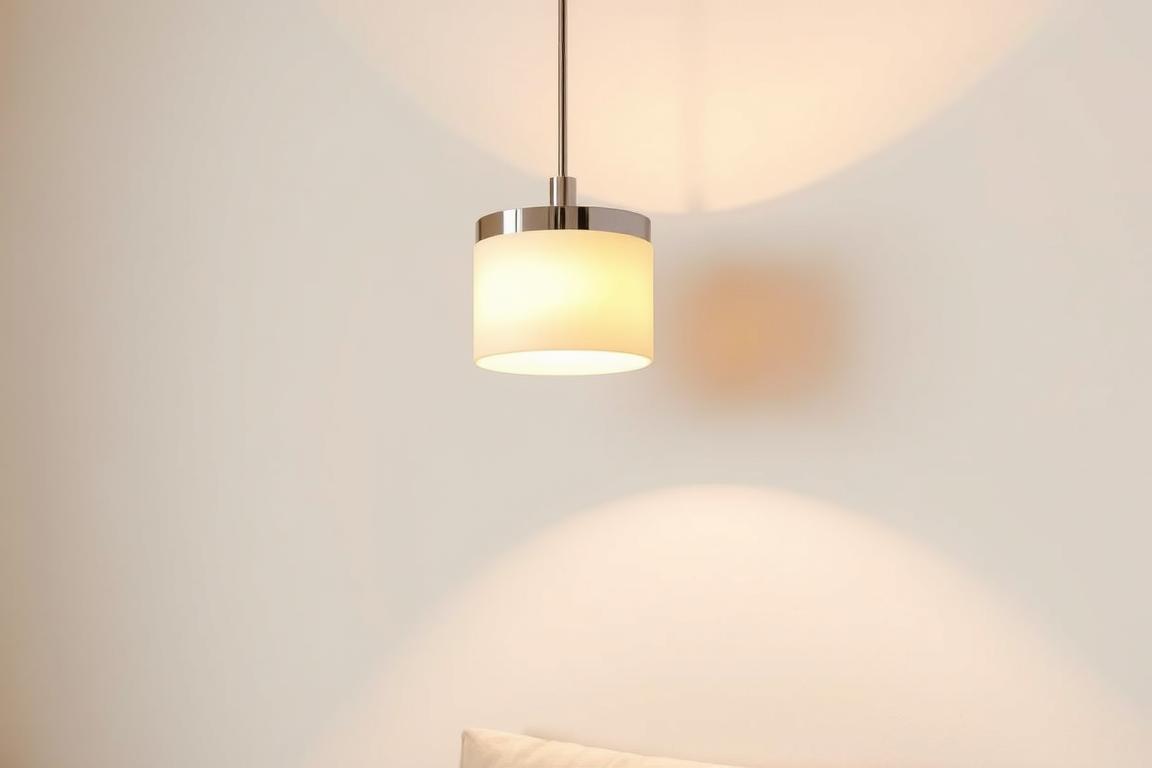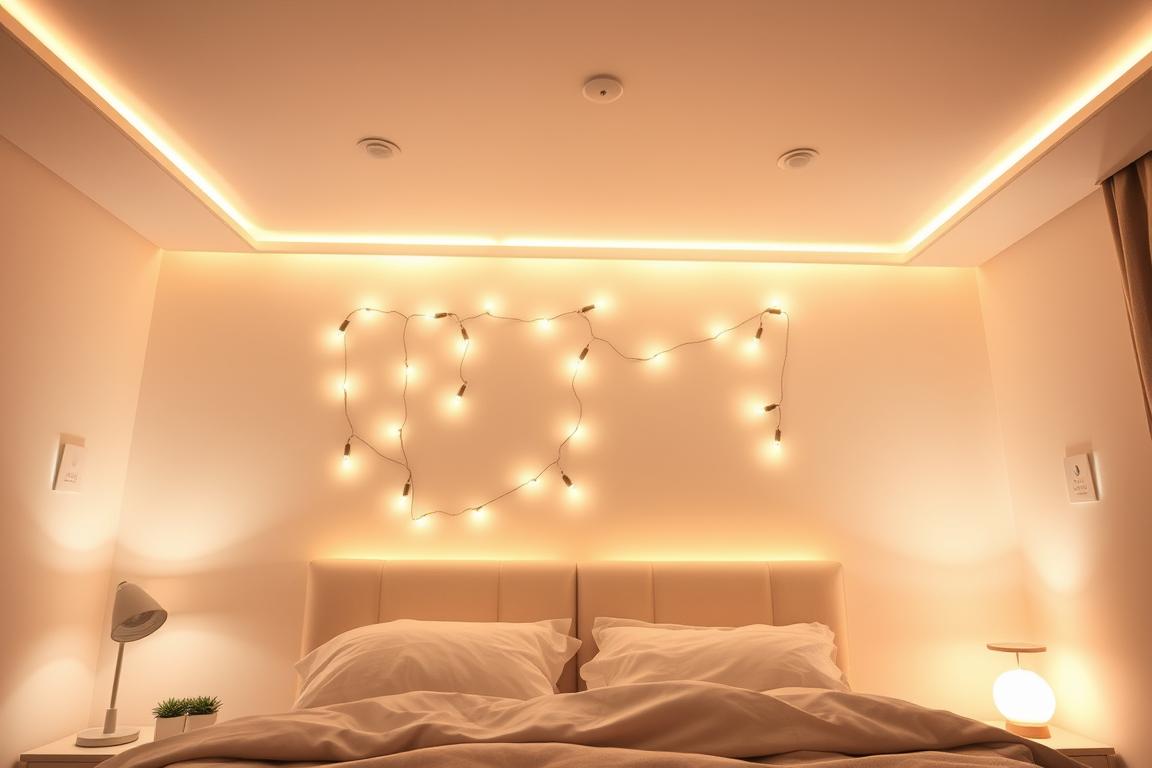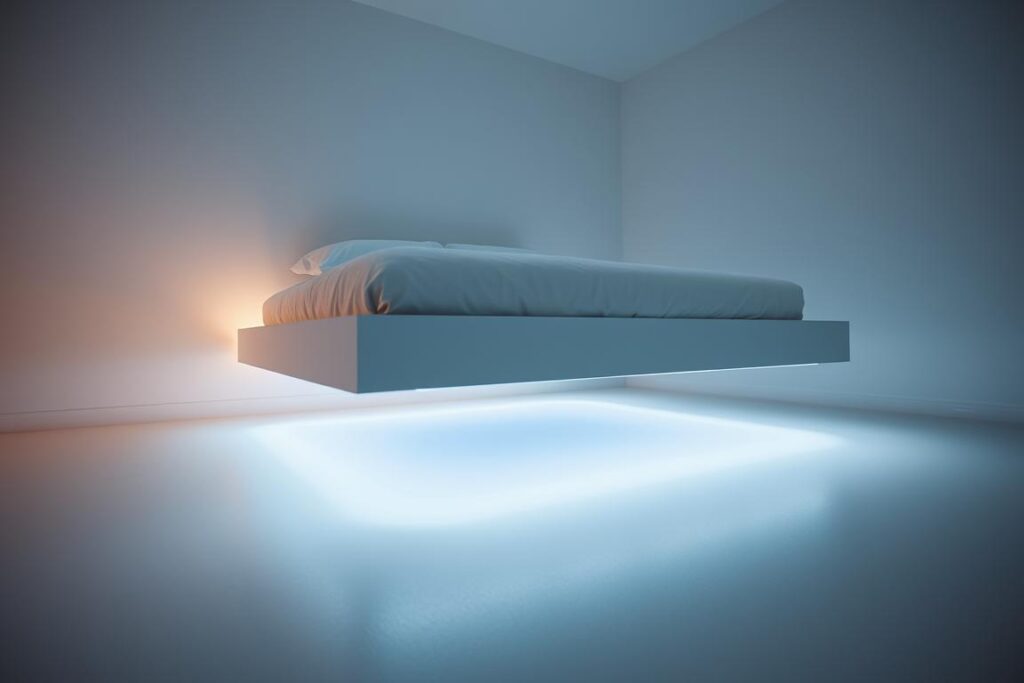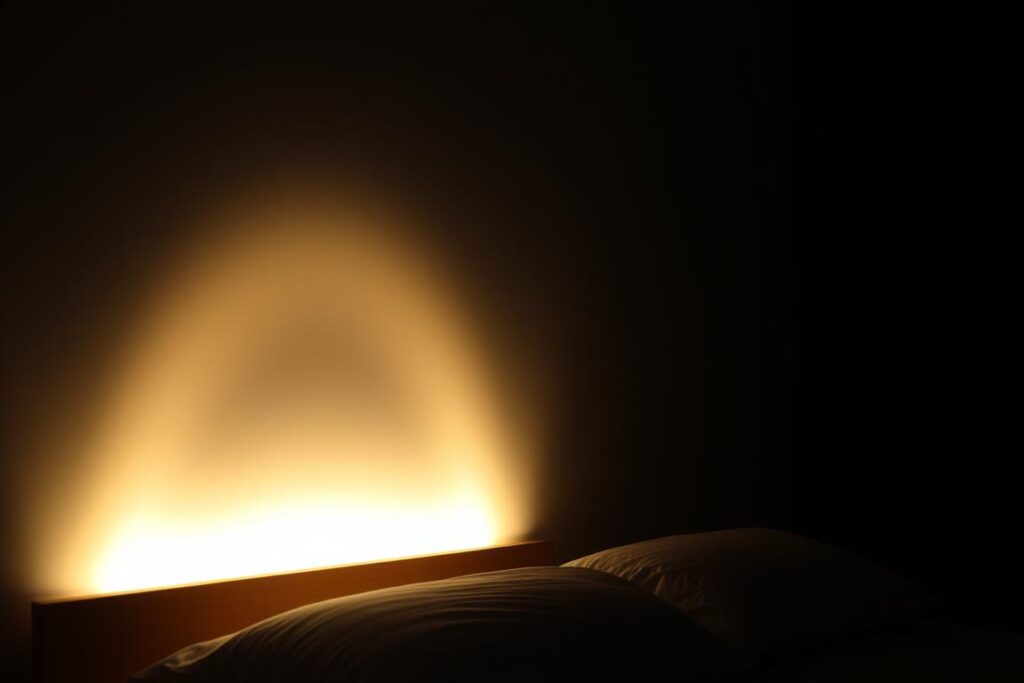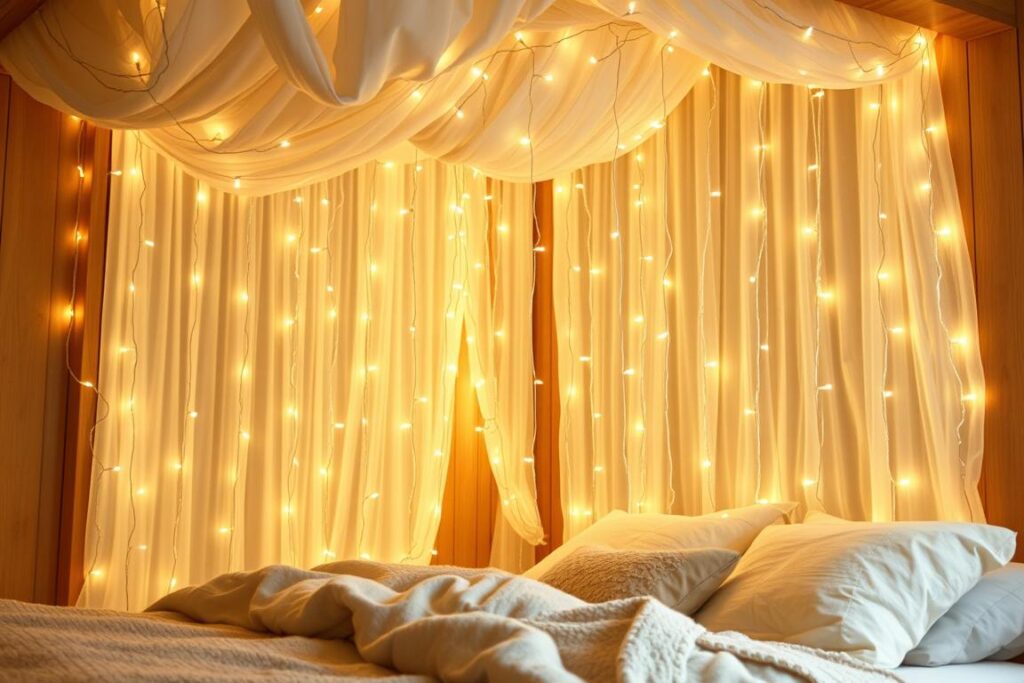Smart lighting for bedroom: a friendly guide to bulbs, scenes, and Matter
Smart lighting for bedroom can quickly improve how your room feels each morning and night with a few bulbs and simple automations.
Updated 2025
Meta description: Smart lighting for bedroom made simple—pick bulbs, set scenes, and use Matter for easy control across Alexa, Google, and Siri.
Can a few bulbs and a simple app change how your room feels each morning and night?
You’ll get a clear plan to pick, install, and automate the right light so your room looks great and works reliably every day. We’ll walk you through control options—app or voice—and explain why Matter makes cross-brand setup easier in your home. Brands like Philips Hue, Wiz, Govee, Wyze, Tapo, Lifx, GE Cync, and Ring offer choices that match budget and design.
Learn how to match brightness and color temperature to mood and sleep, and when simple dimmable white bulbs beat full-color setups. You’ll also see quick reasons to choose top picks, plus tips to avoid common install mistakes with strips, panels, and bulbs.

Key Takeaways
- Choose a platform (Amazon Alexa, Google Assistant, Siri) and check Matter support first.
- Match lumens and color temperature to your room’s size and purpose.
- Budget choices like Wiz and Wyze can offer great value without hubs.
- Use routines to automate wake and wind-down scenes with voice or app control.
- For SEO, include the phrase smart lighting for bedroom in at least one subheading and image alt.
Why smart lighting helps your bedroom now
Control and customize your bedroom ambiance from anywhere, whether with an app or a quick voice command.
Connected bulbs and strips give instant mood upgrades without leaving the bed. Set schedules after sunset, dim before sleep, or trigger scenes for reading and relaxing. Most bulbs are long-lasting LEDs that cut energy use and reduce replacements. Bluetooth works well locally, while Wi-Fi and Matter enable reliable remote control when you’re away.
- Hands-free control: Voice and app options help when your hands are full.
- Useful automations: Schedules, motion triggers, and sunset rules keep pathways lit when you need them.
- Consistent scenes: Colors and presets give repeatable looks for every night.
- Easy to scale: Start with one lamp, add strips or bulbs as you explore features.
Smart lighting for bedroom: start small for big gains
One bedside bulb can turn evenings into calm and mornings into gentle wake-ups.
Begin with a single smart light in your bedside lamp to add cozy ambiance and reliable dimming in minutes. Wiz bulbs work well here—they support Matter and play nicely with Alexa, Google Home, and Siri. That gives you robust schedules and millions of colors without a big install. For broader design ideas, see our pillar guide bedroom lighting ideas.
Quick scenario: Save a gentle “Wake” scene that raises brightness slowly before your alarm, a warm “Relax” scene for wind-down, and a cooler “Focus” scene for reading. Use short names so voice control never confuses them.
Choose your platform and Matter compatibility
Pick the voice ecosystem you already use to make setup painless.
Matter makes cross-brand setup far easier. Matter-enabled bulbs like Wiz and Tapo work with Amazon Alexa, Google Home, and Siri from one platform. That means you can mix brands and still control everything in the apps you already use.

When you still need a bridge: Philips Hue works via Bluetooth, but the Hue Bridge unlocks Apple Home support, remote control, and advanced automations. Ring Pathlights need a Ring Bridge to enable motion reactions and Alexa routines.
Voice vs app control: Voice is perfect in bed; the app is best for setting schedules and fine-tuning brightness or color. Save scenes in the app, then trigger by voice.
Key specs that actually matter: lumens, color temperature, dimming
Pick the right numbers and a simple bulb swap can change your room all day long.
Lumens first: choose about 800 lumens for a bedside lamp or cozy ambient use. Step up to 1,100 lumens for brighter fixtures or task lighting. Consider 1,600 lumens if one ceiling fixture must light a larger room.
Whites and color: warm whites (~2700K) help you relax at night; cooler whites (up to 6500K) boost focus in the morning. Many bulbs support smooth dimming from 1–100%.
- Balance brightness with low dim levels to wind down gently.
- Pick LEDs with reliable dim curves to prevent flicker.
- Match bulb base and shape (A19, BR30) to place light where you need it.
Best bedroom bulbs: quick picks and comparisons
Pick the right bulbs and you can change how your room looks and feels with almost no fuss.
Wiz Color — budget all-rounder: Matter support, works with Alexa, Google Home, and Siri, about 800 lumens, 16 million colors, no hub, often $10–$13. Ideal as a bedside bulb.
Tapo Color — bright performer: around 1,100 lumens for larger shades and darker rooms; Matter-certified for smooth cross-platform control.
Wyze White — simple and cheap: warm-to-cool tunable whites with excellent group control across multiple lamps at a very low price.
- Pick Wiz for inexpensive color and wide compatibility.
- Choose Tapo when you need extra lumens in overheads.
- Go Wyze if you want budget white bulbs and easy group control.
- Mix and match: bright Tapo overheads plus cozy Wiz bedside bulbs works well.
| Bulb | Lumens | Color Options | Hub Needed | Price Range |
|---|
| Wiz Color | 800 | 16M Colors | No | $10–$13 |
| Tapo Color | 1,100 | 16M Colors | No | $15–$18 |
| Wyze White | 800 | Tunable White | No | $8–$10 |
| Philips Hue | 800–1,100 | 16M Colors | Bridge for full features | $40+ |
Want lamp ideas to pair with these bulbs? Check our guide to best bedside lamps.
Strips, panels, and sync features
Add flexible LEDs to redefine edges and set a calm mood with color and motion.
LED strips for glow: Govee ceiling strips offer long runs, many scenes, mic-based music sync, strong adhesive, and safety certifications. Plan runs carefully; many strips aren’t cut-to-length after mounting. Mount under the bed or behind a headboard for a relaxing floating effect.
Panels and neon rope: Govee panels scale for bigger layouts; keep evening scenes dim and warm. Linkind smart neon rope bends into curves or text and delivers diffuse, neon-like glow with many presets.
Sync options: HDMI sync boxes (such as Linkind ET6) mirror on-screen color with low latency for TV-driven ambiance. Mic-based modes are cheaper and easier for music.

- Use perimeter strips to create an even glow that makes ceilings feel higher.
- Pair panels with under-bed strips to layer depth.
- Place bias light behind the display to reduce eye strain.
Setup, routines, and reliability
Simple automations make wake-ups gentler and evenings calmer.
Wake and sleep: create a sunrise routine that ramps from 1% to your preferred brightness 15–30 minutes before your alarm. Add a wind-down routine that shifts to warm tones and dims gradually. Hue enables ultra-low dimming; Wiz and Tapo handle reliable schedules.
Practical tips: name devices clearly so voice and groups behave as expected—“Bedside,” “Ceiling,” “Accent.” Check your Wi-Fi band; many devices prefer 2.4 GHz. Measure twice before mounting strips, clean surfaces, and follow bend limits. Update firmware on day one and place bridges centrally.
Adding smart lighting for bedroom routines ensures both comfort and consistency, especially when mixing strips, panels, and bulbs.
- Set motion sensors to trigger a low nightlight for safe paths.
- Use timers so accent lights turn off automatically.
- Export device names and scene lists before changing phones or routers.
Bedroom lighting design and price tiers
Layer sources so the same room handles getting ready, relaxing, and sleeping—without a remodel.
Ambient: even glow from ceiling strips or soft perimeter fixtures. Task: brighter lamps with cooler whites for reading or grooming. Accent: panels, neon rope, or under-bed strips for depth and mood. Explore more layering tips in bedroom lighting ideas.
Entry-level value: Wiz color bulbs often sell near $10–$13, no hub, Matter support; Wyze is excellent for tunable white at the lowest price.
Mid-range: Tapo’s 1,100-lumen Matter bulb brings extra output for shades and overheads at a still-low price.
Premium: Philips Hue with a Bridge, Govee panels, and HDMI sync boxes add smoother dimming, richer scenes, and accurate media sync.
Philips Hue for bedroom purists
Hue starts simple with Bluetooth, then grows into a full home system with a Bridge.

Start simple: add a Hue bulb to test ultra-low dimming and one-touch sleep automations. You’ll notice soft low levels that won’t wake a partner and excellent color consistency. Add a Hue Bridge for remote control, Apple Home support, and richer scenes.
- Use sunrise routines to ramp brightness gently before your alarm.
- Save reading and relax scenes; trigger them by voice or a quick tap.
- Preview placements with the Hue app’s AR tool on iOS.
Privacy, sleep, and safer materials
Protect data and keep lights working even if the internet drops.
Favor Matter devices where possible for local control and cross-ecosystem support. Review each vendor’s privacy settings and opt out of data sharing you don’t need. Keep firmware updated to patch vulnerabilities and improve stability.
According to the CDC Sleep Resources, most adults need at least seven hours of sleep each night—use schedules and occupancy routines so lights support healthy wind-down. The World Sleep Society notes that limiting bright blue light before bed improves sleep quality, reinforcing the value of warm tones in smart lighting for bedroom setups. If you prefer safer materials in lamps or bedding, check this overview of common bedding certifications.
Gaming and child-friendly options
Make entertainment colorful and bedtime soothing without overthinking it.
Entertainment: HDMI sync delivers high color accuracy and low perceived latency for fast games and films, while mic-based modes react to room audio for parties or playlists.
Kids’ rooms: choose warm, low-brightness LEDs with a 30-minute auto-off timer and memory. Keep controls simple and place lights low and indirect to cut glare.
FAQ
Do I need Matter for bedroom smart lights?
Matter isn’t required, but it simplifies cross-brand setup and keeps more control local.
Are color bulbs necessary for better sleep?
Warm white around 2700K is usually enough for wind-down. Add color if you enjoy mood scenes.
What brightness is best for bedside lamps?
About 800 lumens is a sweet spot for reading and cozy ambient use.
Do I still need a hub or bridge?
Some ecosystems like Philips Hue unlock remote control and advanced automations with a bridge; many Wi-Fi/Matter bulbs don’t need one.
Can I mix brands?
Yes—Matter support lets you mix Wiz, Tapo, and others while keeping control in your preferred app.
Conclusion
Start small: add one capable bulb, save a scene, and let automation do the rest.
Smart lighting for bedroom doesn’t have to be complicated—test a pair of bulbs, choose Matter-ready options when you can, and layer strips or panels as you go. For more cozy bedroom ideas, visit Cozy Bed Quarters.
Related Reading
